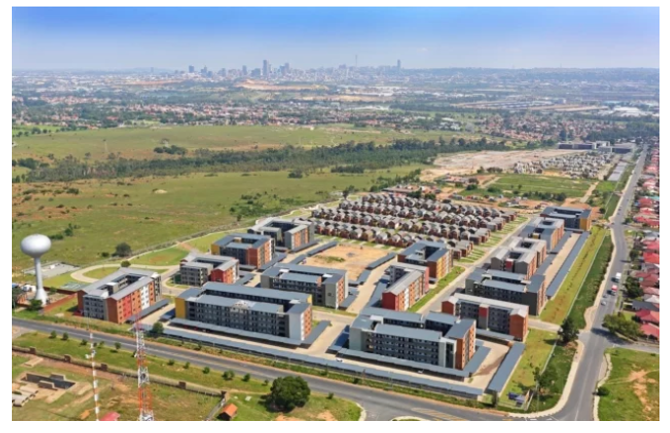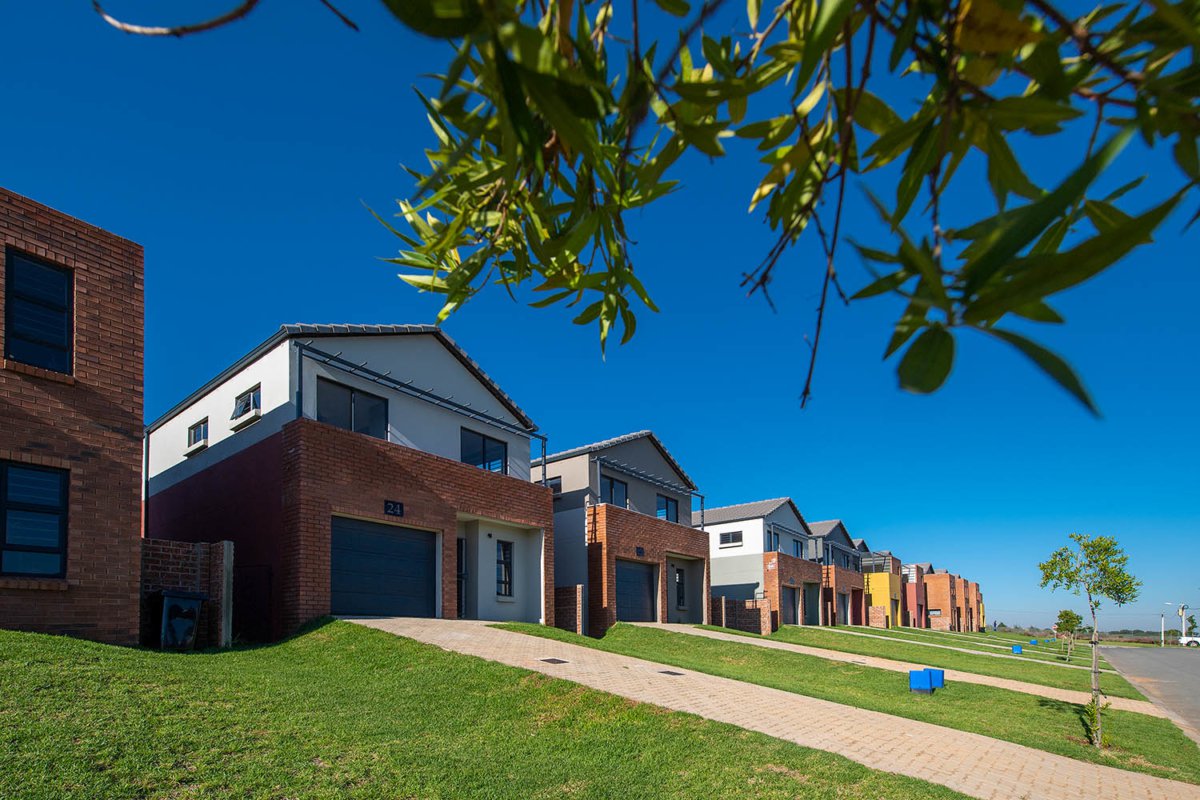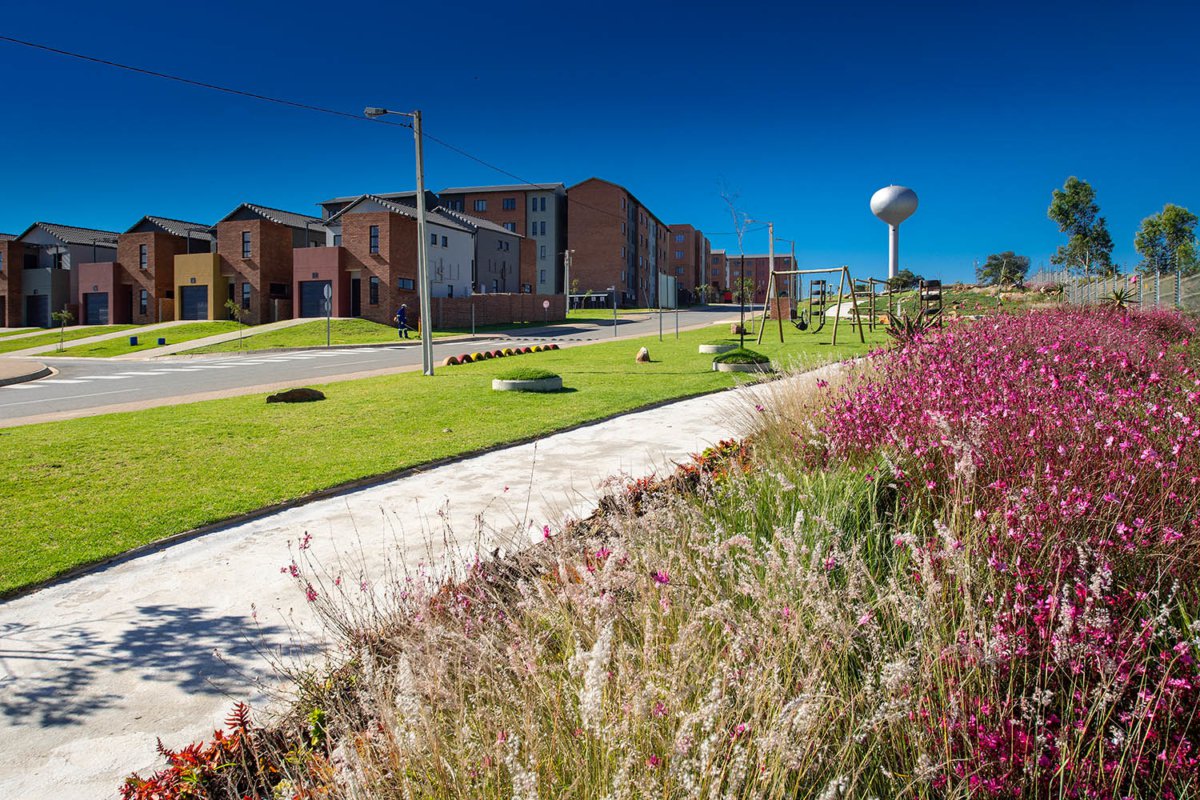
The City of Joburg (CoJ) has won a coveted international award for a new low cost housing development, which will eventually consist of 5,845 residential opportunities.
The CoJ in partnership with listed local integrated residential property developer Calgro M3, and the Standard Bank of South Africa, won the Sustainable City and Human Settlements Award from the United Nations (UN).
The award recognises the South Hills development, located in the south of Johannesburg, as a global green model community for its “outstanding demonstration in promoting sustainable cities and human settlements, as well as the implementation of sustainable development goals”.
The South Hills development will eventually consist of 5,845 residential opportunities, with approximately 1,410 already completed, and a further 1,600 being constructed and serviced. The development will comprise of a mix of fully-subsided homes, subsidised rental units, bonded units to the open market and free-stranding houses.
South Hills is situated along a transport node, offering residents easy access to transport, job opportunities, and local amenities, including shops and hospitals. Over 90% of the units fall within the Financial Sector Charter definition of affordable housing.
We believe that affordable housing shouldn’t be just about providing shelter. It also has to enhance quality of life, provide opportunities and support dignity,” said Wikus Lategan, the chief executive officer of Calgro M3.
“For housing to be truly transformative for beneficiaries, affordable housing developments must offer individuals, families and communities at least some of the benefits that have previously been reserved for more affluent homeowners. We are also endeavouring to do as much as possible to make the running cost of the houses as affordable possible for residents, with less water and electricity use.”
“The amount of open space or green areas we include in our developments makes all the difference – our aim is to build suburbs, not townships. Our focus is furthermore to provide a balance between passive and active open spaces, which all residents have access to.”
These active open spaces are introduced strategically throughout Calgro’s developments, specifically for recreational purposes. Active open spaces are professionally landscaped, and children’s play facilities are provided, creating spaces which the communities take ownership of and can be proud of. At South Hills, the total green space is 112 hectares.
“One of the issues we’re addressing is energy-efficiency, not only for the building phase of our projects, but aimed at creating healthier living environments and reducing long-term energy costs for owners and tenants, by implementing gas, solar and solar farming, heat pumps, induction geyser, energy-saving lights and prepaid meters for water and electricity,” said Lategan.
Calgro M3 said it has already reduced the electricity requirement from 3.5 kVA to approximately 1.5 kVA per residential unit on some of its integrated developments.
Calgro M3 has implemented a device called “Save a Flush” by Dry Planet SA. Placed in a toilet, the device reduces water consumption per flush by one litre.
Calculations, verified by an independent external party, shows that, based on the construction of a 40m2 residential unit and 11 flushes per day, the group will be rendered “water neutral” for each unit it develops within just 84 days of being occupied.
While energy- and water-efficient affordable housing is still in its infancy in the country, early indications are that the inclusion of these sustainability components in the design of low-cost houses could cut the utility costs of the people living in them by as much as 20% per year, said Lategan.


